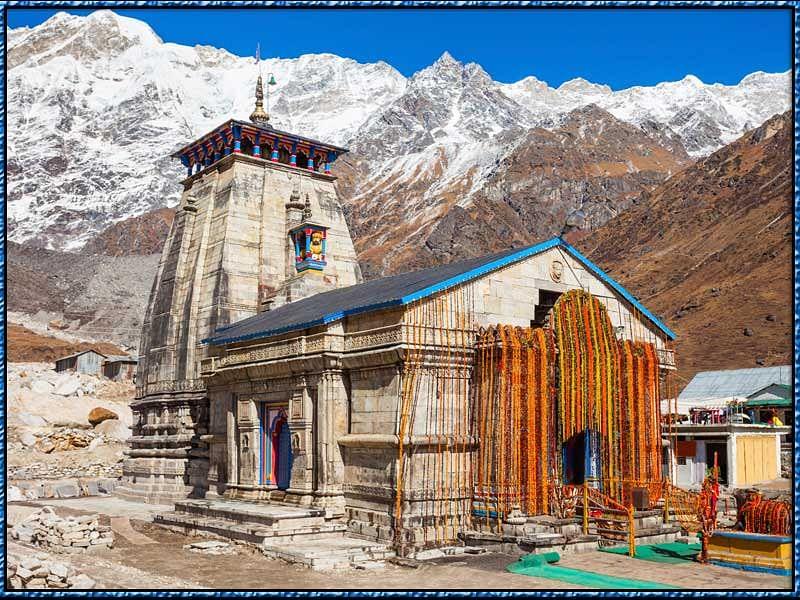Flanked by the pristine Mandakini river, Kedarnath is a sheer picturesque bliss. Kedarnath is a deeply spiritual experience for travellers. Each year, thousands of Hindu pilgrims flock to the temple to seek the blessings of Lord Shiva.
The Kedarnath temple is one of the four dhams of India. One of the major shrines of Lord Shiva, Kedarnath has survived the test of time and nature’s fury and stood tall through every calamity.
The Snow Battle
Legend has it that the Kedarnath temple was built by Adi Shankaracharya in the eighth century and so it stood tall during the Little Ice Age.
The Kedarnath temple remained submerged in the glacier for at least 400 years. And it survived due to its sturdy construction. Striations on the wall of the temple, which could have formed when the glacier moved around the structure, further supports the theory.
The report further adds that scientists studied the architecture and concluded that the those who designed the temple not only kept in mind the terrain but also the formation of snow and glaciers, and ensured that the structure was strong enough not only to withstand natural disasters and the passage of time.
The Akhand Jyoti
Kedarnath Dham remains closed off for Darshan for 6 months during winter when the entire region gets engulfed in snow and experiences extremely freezing temperatures, shutting down Yatra and expedition of the region. During this time the presiding deity of the Dham is shifted to its winter abode in Ukhimath where the pilgrims visit to offer their prayers. During this time Kedarnath remains lit up from the inside with the help of an eternal flame called the Akhand Jyoti which miraculously does not extinguish from the time the temple gates are closed for Darshan to the time of opening of the temple gates. This flame is considered to be extremely holy and pious since it does not extinguish throughout the 6 months of the temple being closed.

The Massive floods of 2013
During the devastating 2013 unexpected Kedarnath flooding which had proved to be one of the most catastrophic devastations of the time, the main Dham shrine was protected by a massive mountain boulder rock which had mysteriously wedged itself between the gushing flood water and the temple shrine. This prevented the flood water to wipe out the temple completely.

This boulder can still be found behind the temple where people worship it since it is also believed that Lord Shiva had sent this rock himself to protect the temple.
Amidst the scene of absolute mayhem and destruction, Kedarnath was the only structure that stood unscathed.























